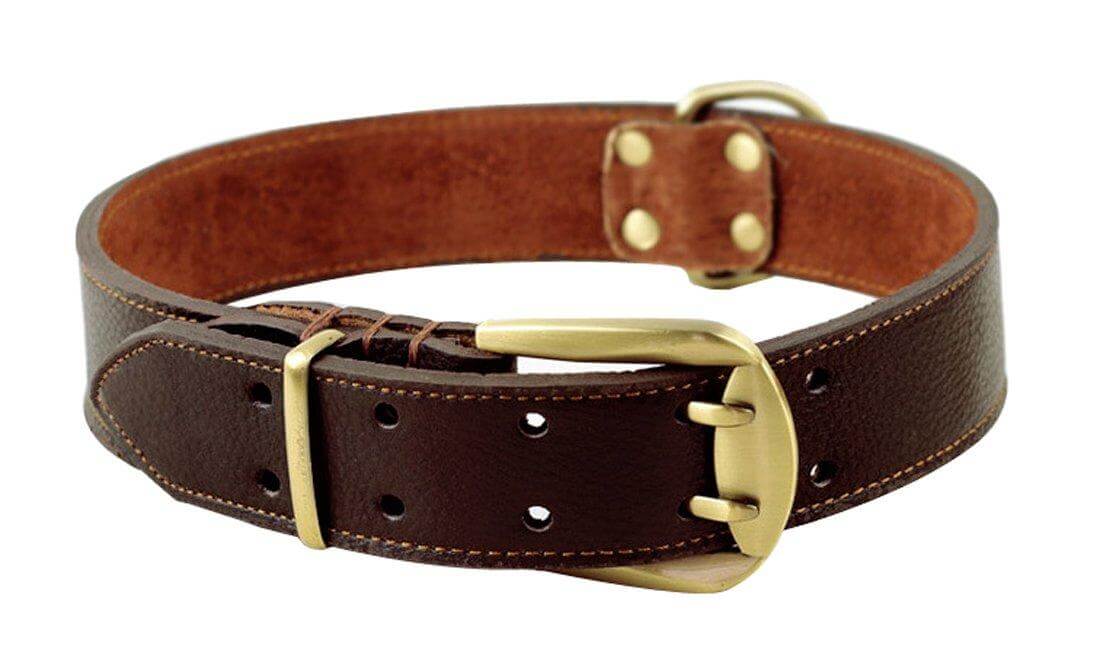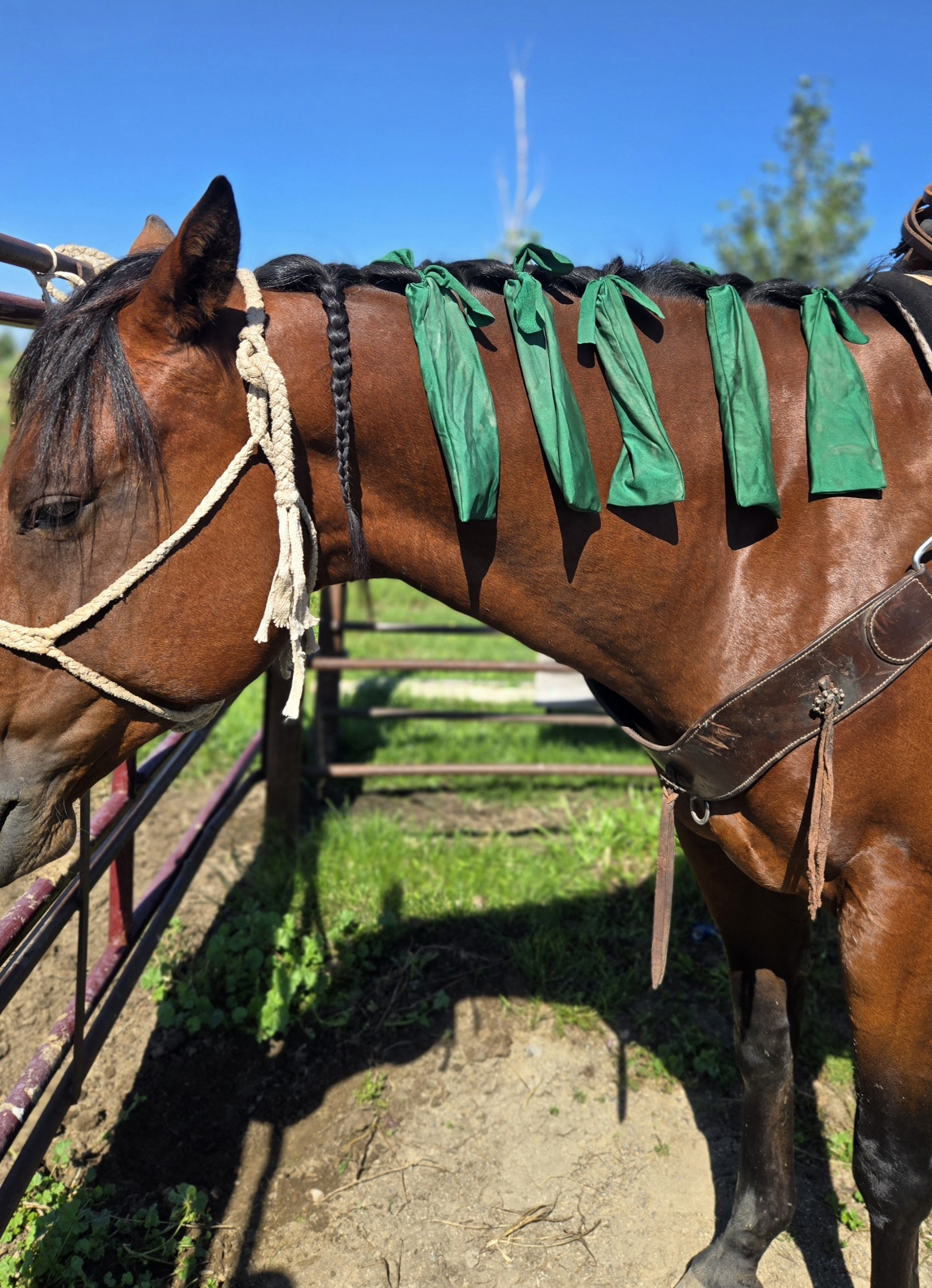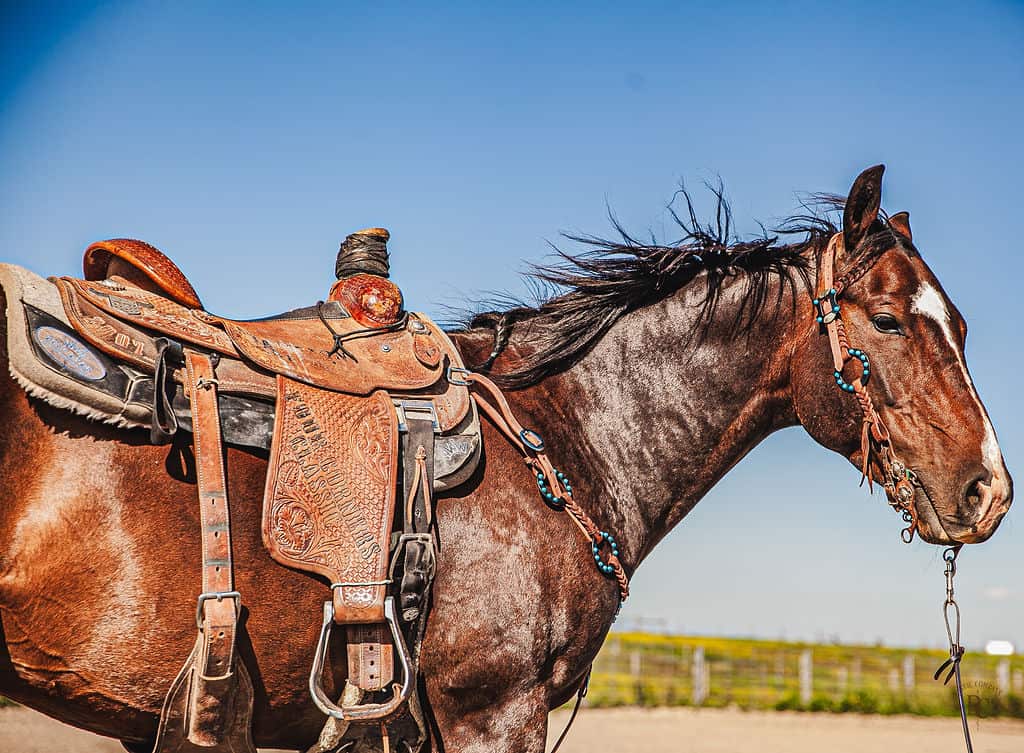If you’ve got a dog that loves to hike, swim, roll in the dirt, and chew like there’s no tomorrow, you already know this: not all collars are made to last. You need gear that can handle real action. This guide is for anyone looking for durable dog collars that actually stand up to the wild lives our dogs live. No fluff—just real information about what works, what doesn’t, and how to pick the right one.
Let’s talk about what makes a dog collar tough enough for adventure.
Built for the Wild Ones
Some dogs are couch potatoes. Others? They’re out there chasing squirrels, diving into lakes, and pulling you up trails. These are the dogs this blog is for. A flimsy collar can snap or wear out fast. Worse, it could put your dog in danger if it breaks during a walk or hike.
So what makes a collar adventure-ready? It has to handle water, mud, UV rays, biting, pulling, and constant movement. If a collar can’t take abuse and still hold strong, it’s not worth your money.
The Enemies of Weak Collars
Weak collars fall apart when faced with real life. The enemies of durability are:
- Water – Soaks in, weakens fabric, and causes mildew.
- Mud & Dirt – Grinds into seams and wears fabric down.
- UV Sunlight – Breaks down materials over time.
- Pulling – Dogs that pull hard can snap low-quality buckles.
- Chewing – Some dogs gnaw at their collars when bored.
Your dog doesn’t mean to ruin things, but that doesn’t change the fact that weak collars don’t last.
What to Look For in a Tough Dog Collar

You want a collar that can handle anything your dog throws at it. Here’s what makes one truly tough:
- Material – Look for Biothane (a waterproof coated webbing), military-grade nylon, or heavy-duty leather. These don’t break down easily.
- Hardware – Metal buckles (especially Cobra buckles) and rust-proof D-rings are key. Plastic snaps? Avoid unless it’s a backup.
- Stitching – Double-stitching, bar-tack reinforcement, and extra layers matter. A collar should look overbuilt.
Best Dog Collars for Outdoor Adventures (2025 List)
Here are top collar types built for dogs who love to live rough:
Waterproof Picks
Waterproof collars made with Biothane or rubber-coated webbing are perfect for swimmers or dogs who play in the rain. They’re also easy to clean—just wipe them down.
Pros: Smell-proof, quick-dry, flexible in cold
Cons: May look less rugged than nylon
Tactical/Military-Grade Collars
Made for strong pullers or working dogs. These use thick nylon, wide straps, and heavy-duty buckles.
Pros: Unbreakable hardware, extra control with handles
Cons: Can feel heavy on smaller dogs
Rugged Leather Collars
Great for those who want style and strength. Thick leather is naturally tough, ages well, and can resist wear for years.
Pros: Classic look, strong if maintained
Cons: Needs oiling/conditioning to avoid drying out
Reflective or LED Collars
Perfect for evening hikes or early-morning runs. Visibility saves lives.
Pros: Keeps dogs safe near roads
Cons: Batteries or reflective tape can wear down
Adventure by Breed & Behavior
Not every collar fits every dog. Pick the right gear based on breed and habits:
- Heavy Pullers: German Shepherds, Huskies – Need tactical strength
- Chewers: Terriers, Labs – Go for reinforced materials and metal hardware
- Small Adventurers: Mini Aussies, Beagles – Lightweight but tough nylon
- Escape Artists: Greyhounds, Shibas – Martingale collars add safety
Testing Toughness: How to Know a Collar Will Last
Want to know if a collar will hold up? Look at these signs:
- Tensile strength ratings – Reputable brands list how many pounds their collars can handle
- Real reviews – Look for phrases like “lasted a year of daily swims” or “no fraying after six months”
- Return policies – If a brand stands behind their gear, it usually means quality
Skip products with hundreds of five-star reviews that all sound the same. Trust the ones with real feedback and long-term updates.
Care Tips to Make It Last Longer
Even the best collar needs some love to keep working. Here’s how to make yours last:
- Wash after big adventures – Mud, saltwater, and sand wear down even tough materials
- Dry it fully – Prevents rust and mildew
- Check hardware weekly – Tighten screws, look for cracks
- Rotate collars – Give them a break between big trips
If the collar starts to smell, fray, or feels weak, it’s time to replace it.
Adventure Dog Owners Speak
You’re not alone in the search for a tough collar. Here’s what real dog owners say:
“I’ve got a 70lb Lab mix who swims every day. The Biothane collar hasn’t cracked or smelled once. Worth every penny.”
“Our husky chewed through three collars. We switched to a tactical one with a cobra buckle—game changer.”
“My dog rolls in mud every hike. Leather didn’t work for us. We now use waterproof nylon. Wipes clean in seconds.”
People who live active lives with their dogs know the value of strong gear.
Buying Checklist: Don’t Skip These
Use this list before you buy:
- Is it made from a tough material (Biothane, tactical nylon, leather)?
- Does it have metal buckles and rust-proof hardware?
- Is the stitching reinforced?
- Is it waterproof or water-resistant?
- Does it fit properly and comfortably?
Bonus tip: Make sure it matches your leash system. Weak links make strong collars pointless.
Conclusion
A good Leather Dog collar isn’t just a fashion choice. It’s a safety tool. For dogs that explore, swim, chew, and pull—you need gear that won’t quit. Don’t waste money on collars that fall apart. Choose one that’s proven tough, fits your dog’s lifestyle, and gives you peace of mind.
Now get out there. Let your dog roam, splash, tug, and climb. The right collar lets them do it all—safely.
Frequently-Asked Questions (FAQs)
What is the most durable material for dog collars?
Biothane and military-grade nylon are considered the toughest. Leather is also strong but needs care.
Can waterproof collars handle saltwater?
Yes, but rinse them after each saltwater use to prevent corrosion or material breakdown.
Are tactical collars safe for everyday use?
They are safe for large or strong dogs, but may feel bulky on smaller breeds.
How often should I replace a dog collar?
Check it monthly. Replace if you see fraying, rust, cracks, or broken parts.
Do reflective or LED collars really help?
Yes. They increase visibility in low light and help prevent accidents near roads or in wooded areas.




